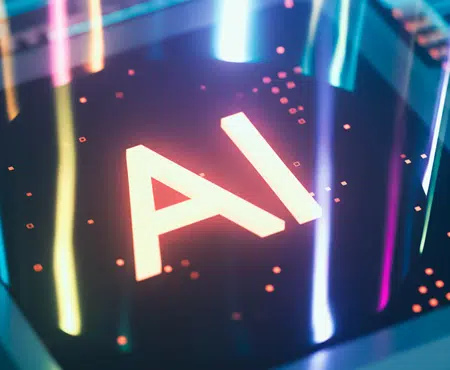Generative AI, a subset of artificial intelligence, has recently been making waves in the tech world. This field creates algorithms and models for new content like text, images, music, or virtual worlds. In this blog post, we'll explore the latest exciting trends in GenAI, demonstrating how these innovations expand the possibilities of machine-produced creations.
One of the most significant developments in generative AI has been the advent of large language models like GPT-3 (Pre-trained Transformer 3). Developed by OpenAI, GPT-3 boasts 175 billion parameters, allowing it to make human-like text on various topics. GPT-3 has found applications in content creation, chatbots, and creative writing, developing new possibilities for automated content creation and natural language understanding.
StyleGAN, an extension of the Generative Adversarial Network (GAN) framework, has revolutionised computer-created imagery. StyleGAN allows for the creation of highly realistic and diverse synthetic images. Artists and designers leverage this technology to generate unique digital art, avatars, and hyper-realistic faces. This trend has implications not only for the creative industry but also for identity protection and privacy concerns.
Generative AI models are imbued with creativity by employing reinforcement learning, a subset of machine learning. Researchers are training agents to perform creative tasks, such as composing music, by rewarding them based on human feedback. This approach enables AI systems to evolve and refine their creative outputs, aligning them with human preferences.

Transfer learning and zero-shot learning enable AI models to learn new tasks with minimal or no labelled data. This is particularly important in generative AI because it accelerates training and enhances model generalisation. Models like CLIP have shown impressive abilities in understanding and creating content using different forms, like images and text.
With the increasing influence of generative AI in content generation and decision-making, ethical concerns have also come to the forefront. Researchers and organizations are actively working on bias mitigation techniques to ensure that AI models produce fair, unbiased content and are aligned with societal values. Addressing these ethical considerations is critical for the responsible deployment of generative AI technologies.
Another exciting trend is the collaboration between humans and generative AI systems to produce creative works. Musicians, artists, and writers are partnering with AI to enhance their creative processes.
For example, AI can assist in generating musical compositions, suggesting design elements, or even co-authoring books. These partnerships are pushing the boundaries of human creativity and enabling new forms of artistic expression.
Generative AI is rapidly evolving, with new trends offering exciting possibilities. Technologies like GPT-3 and StyleGAN are transforming content creation and interaction. This involves language, visuals, and ethical considerations.
Striking a balance between innovation and responsible usage is crucial to harness AI's benefits and minimise risks. The future of creativity is bright, with generative AI leading the way.


